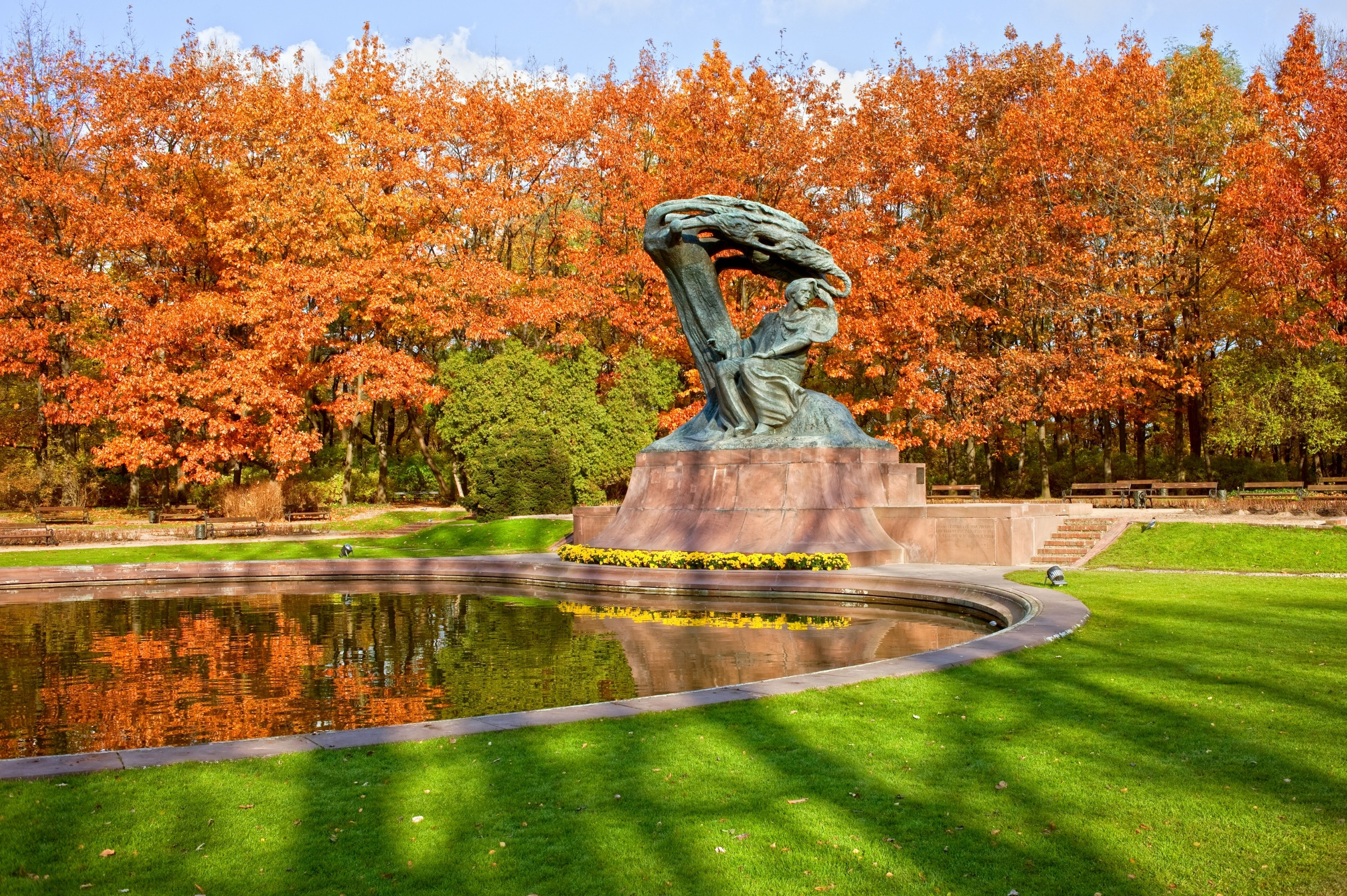
A GOLDEN OPPORTUNITY IN AUTUMN!
Poles are proud of what they call the ‘Golden Polish Autumn’ (PL: Złota Polska Jesień) - a period of sunny though slightly cooler weather, which often coincides with leaves changing colours. If you’re lucky enough to be in Poland during this phenomenon, it’s off to the leafiest parts of town! In Warsaw, you have a tonne of parks its many parks: Łazienki, Pole Mokotowskie, Skaryszewski Park, Wilanów Park and Gardens and the sprawling Kampinos Forest National Park on the city's outskirts.Read more in our article: Golden Polish Autumn in Warsaw
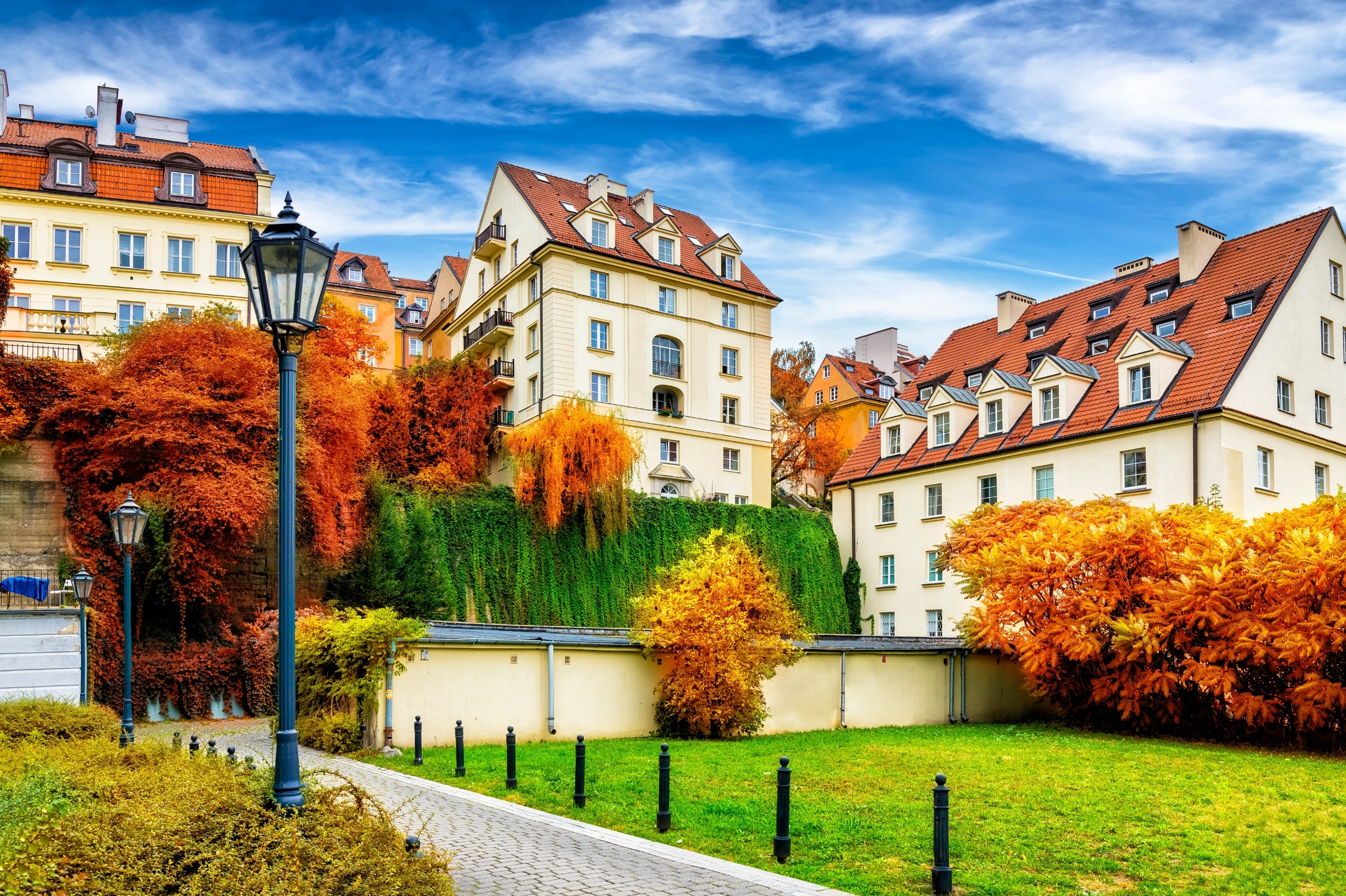
In Kraków, the entire centre is surrounded by a band of garden space, while Park Lotników Polskich to the east and Park Decjusza out west both offer plenty more real estate for families and the actively-minded. Up on the Baltic coast, Gdańsk and the Tri-city offer a wealth of green space (or should we say 'gold space') thanks to the buffer zone of trees that have been maintained between the coast and urban areas. Notable strips of land include Kępa Redłowska Nature Reserve in Gdynia, which features the romantic sea lookout at Klif Orłowski, and the Tricity Landscape Park. Gdańsk Oliwa's famous garden grounds are also worth a day of your time if you happen to be in town during the golden months!
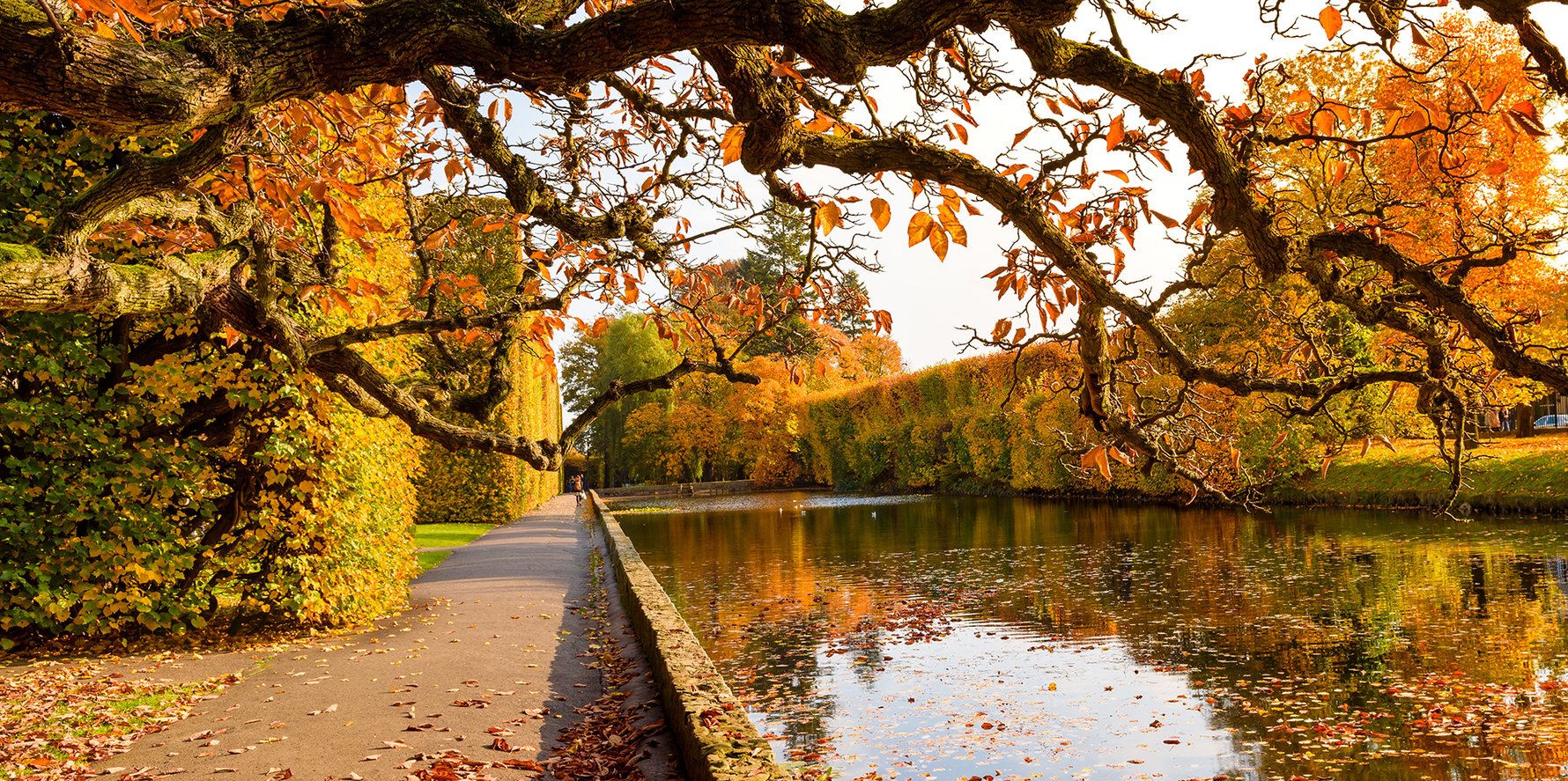
Wrocław's selection of autumn spaces is quite unique, as there are numerous islands and their tree residents to pick from, as well as a few very good-looking parks complete with bridges and waterworks - Szczytnicki and the Japanese Garden and the Wrocław Botanic Garden are amongst the most notable. Further abroad, however, Mount Ślęża is an opportunity to make a golden pagan pilgrimage up its gentle slopes!
Poznań and the surrounding area of Greater Poland (PL: Wielkopolska) is famous for it's wonderful open rural areas lined with forests and lakes. As it is elsewhere in the northern hemisphere, autumn is the season of harvest and within Poland, this is no less important. Speaking of which, here is where you'll see of fantastic box windmills backed with golden forest areas and proud stacks of hay in the field. For anyone who works the land, this is the most beautiful sight to behold. Greater Poland is one of the best areas in Poland to kayak, and Autumn is the last chance to get some water mileage in before it gets too cold. Natural views from the tub in The Gwda River, Przemęt National Park and the Land of 100 Lakes are blindingly-gorgeous, so remember to pack some sunglasses!
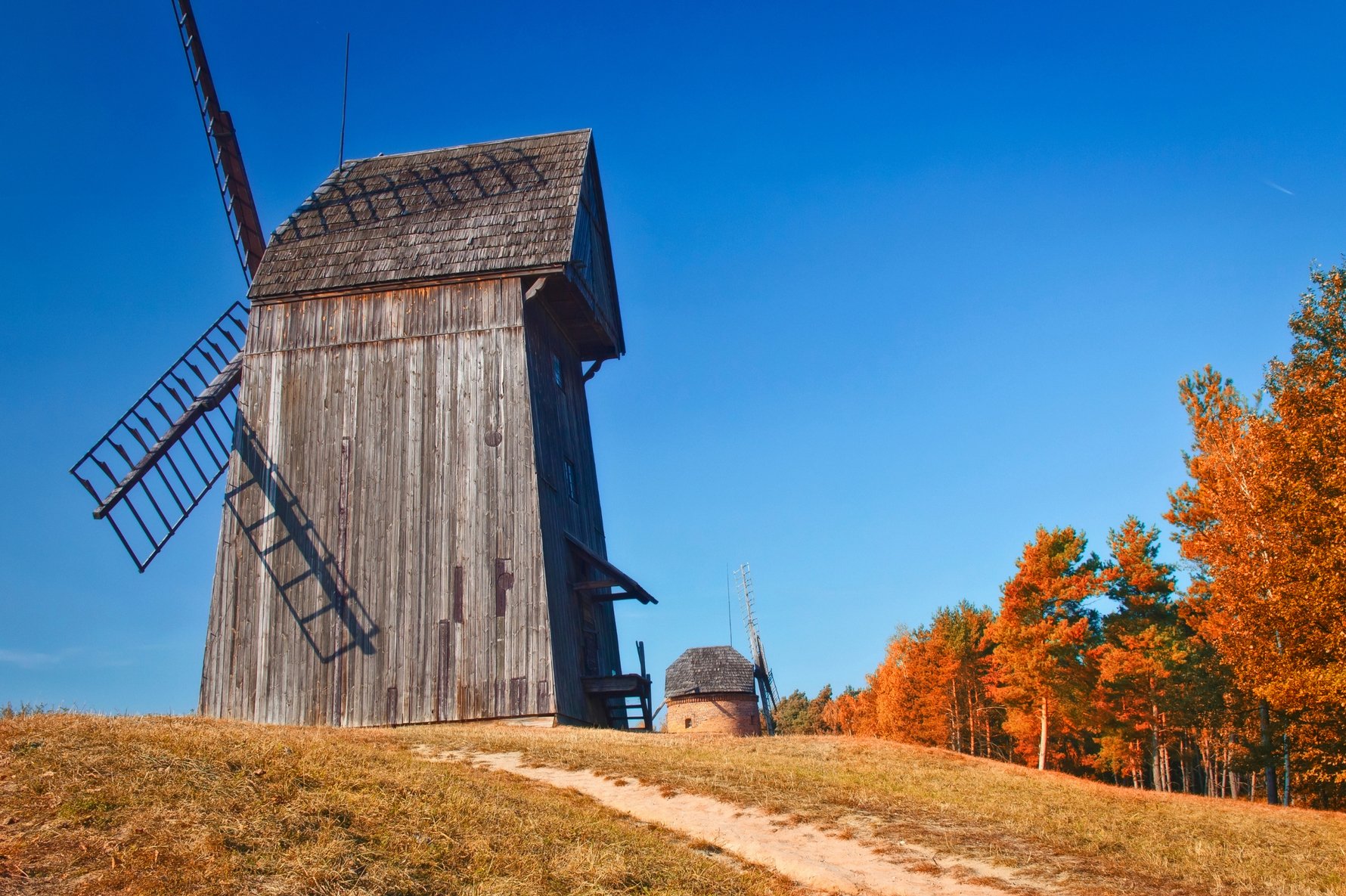
POLISH AUTUMN FOOD
Autumn is mushroom season... period! Now, hunting for wild forest mushrooms is a popular activity across much of central and eastern Europe, from Germany to Russia, but it’s difficult to overstate how much Poles like their mushrooms. The country has been the world’s top mushroom exporter since 2007, and come fall, Poles head to forests en masse, baskets in hand, to hunt for their favourite edible fungi. According to the Polish Centre for Public Opinion Research some 77% of Poles have been mushroom picking at least once in their lifetime, and over 40% seem go at least semi-regularly. There is a lot to choose from: Polish forests are a treasure trove of mushroom species, with over 1000 edible varieties (and many poisonous ones). Highly skilled mushroom pickers can usually positively identify some 40 edible species. Favourites include the stately porcini mushrooms, slippery jacks, saffron milk cups, bay boletes and brightly yellow chanterelles, which pair nicely with scrambled eggs. Once picked, the mushrooms can be dried, marinated in vinegar or immediately find their way into home-cooked meals. Unsurprisingly, forest mushrooms feature in many traditional Polish dishes, often paired with cabbage. Some prominent examples are bigos, mushroom soup and mushroom sauce, pierogi with cabbage and mushrooms and gołąbki with mushrooms and buckwheat. For more, read our article: Polish Autumn Food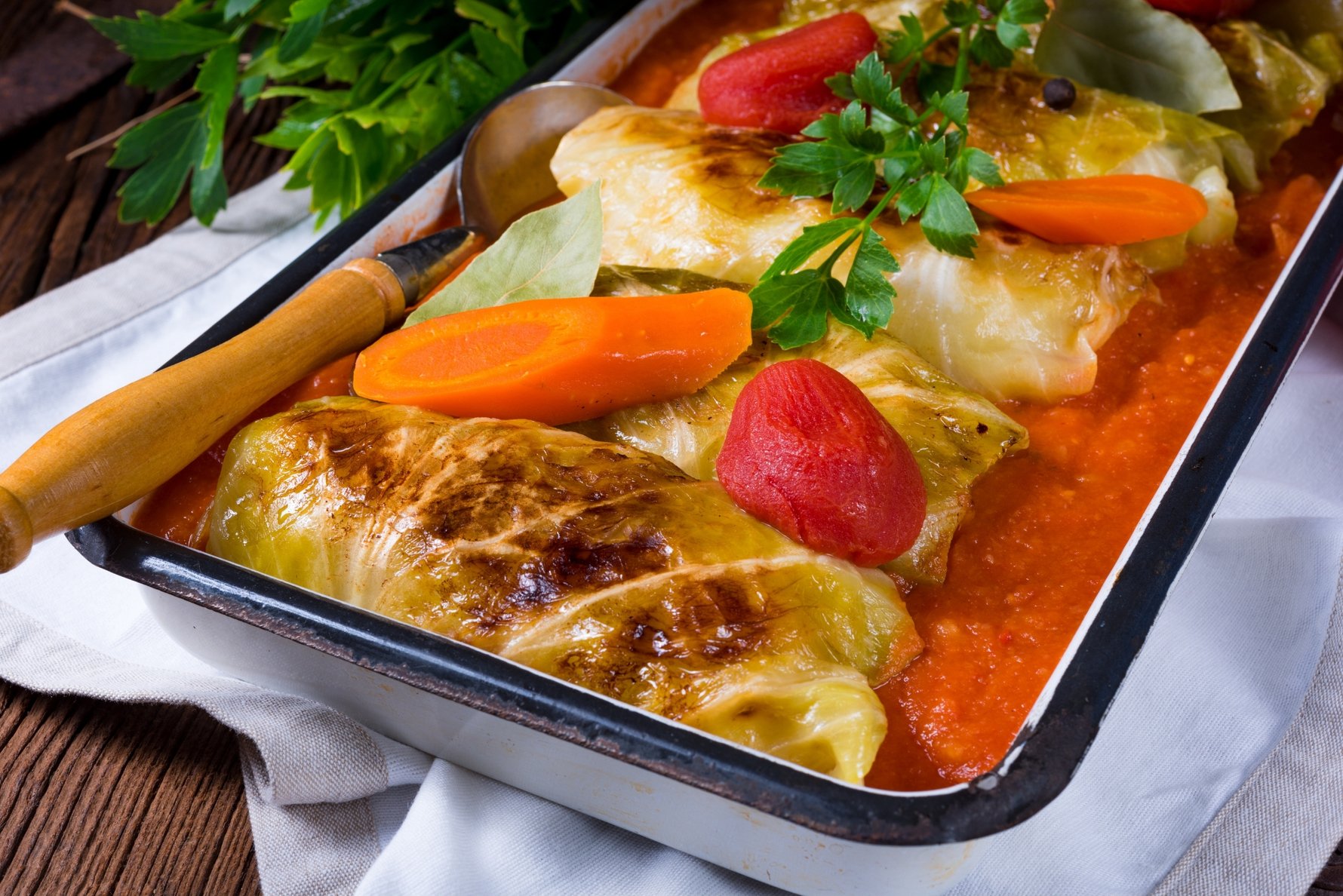
More botanically-inclined Poles also take advantage of other seasonal offerings, making herbal teas, pickles, jams and strong alcoholic infusions called nalewki, which they insist have medicinal properties. Nalewki can be made from almost anything, and popular autumnal choices are the vividly-coloured berries of rowan, hawthorn, dogwood and sea-buckthorn trees and shrubs. These berries are picked, cleaned, submerged in watered-down rectified alcohol with a good helping of sugar, and left to ferment. While this is mostly a domestic endeavour, you can find nalewki in various bars all over Poland and we encourage you to give them a try!
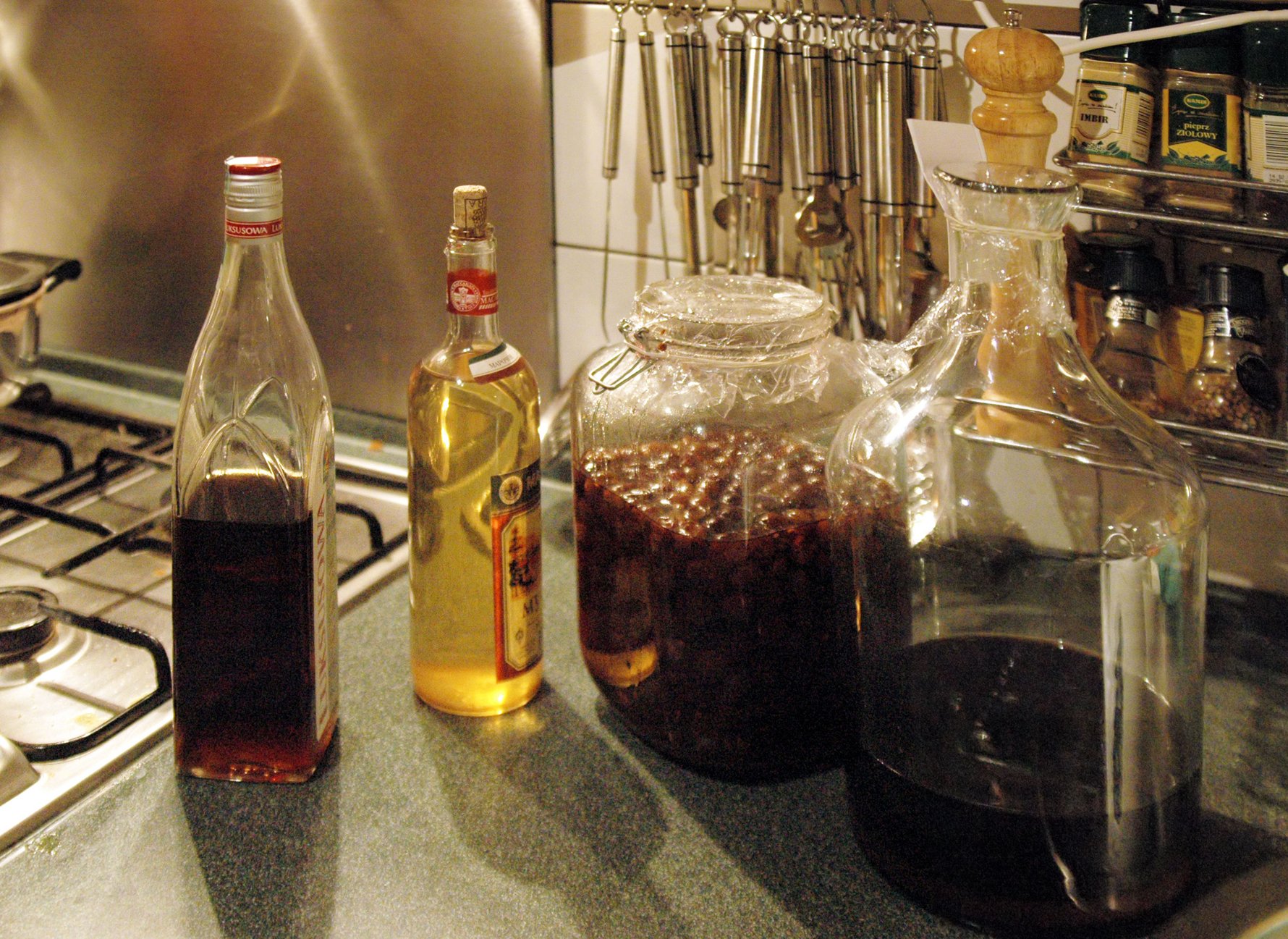
The same types of berries, as well as rosehips and all manner of late-summer fruit can be turned into jams, but there is only one star in the Polish pantry: powidła śliwkowe (ENG: plum preserves). This very dark, sweet, aromatic substance is usually made in late September from ripe Moyer plums and nothing else, with the fruit traditionally simmered for a few hours at a time over the course of three days. Poles love having some powidła on fresh bread or crepes, and we highly recommend picking up a jar at a grocery store.
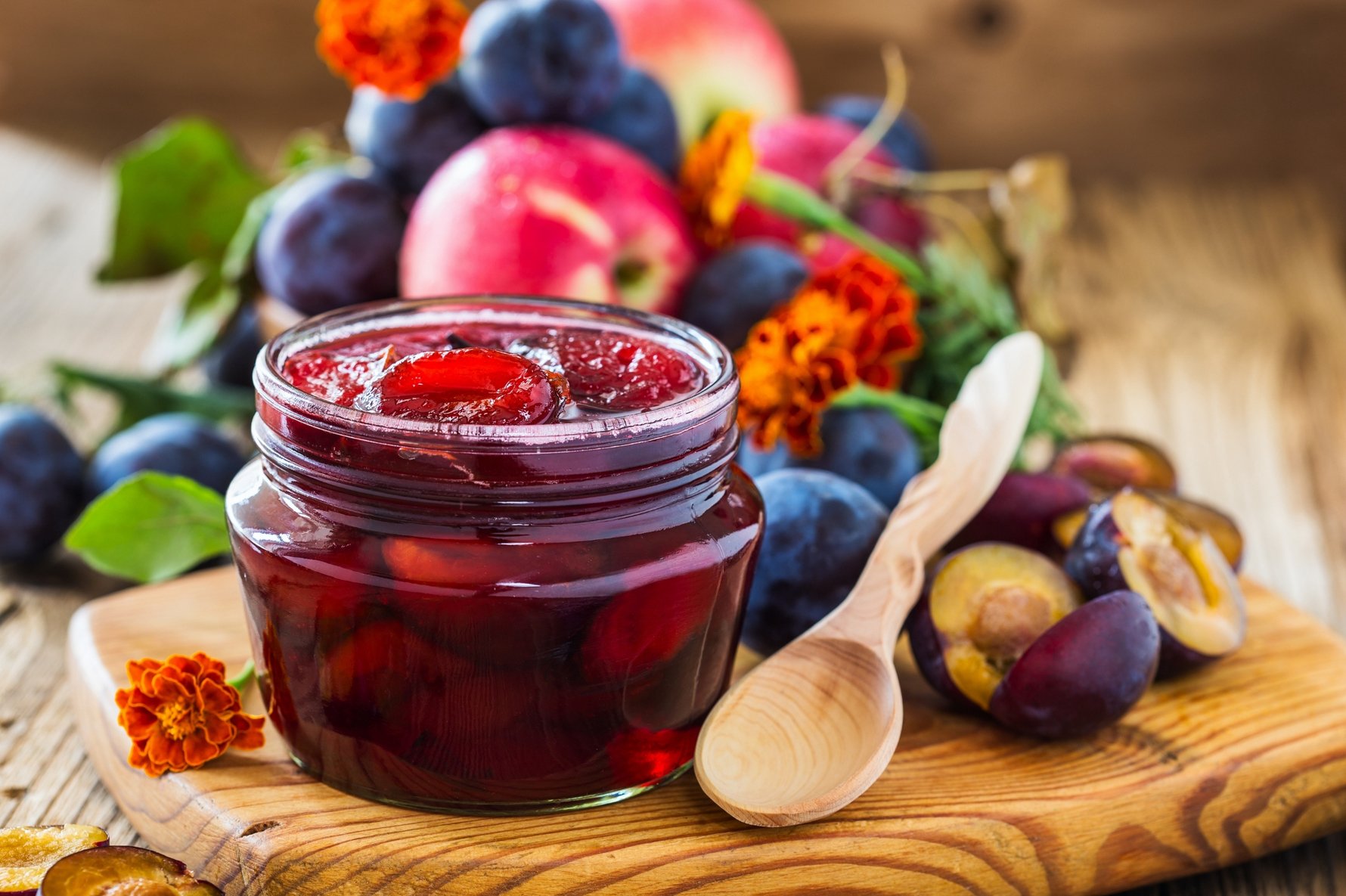
POLISH HOLIDAYS IN AUTUMN
September and October are usually a flurry of outdoor activities, enjoying the gorgeous foliage and harvest bounty. However, the approach of November is when Poland starts to careen precariously into darkness and cold and Poles return to their typical melancholy state. Luckily, this is also when the fall holidays start to pop up. First, a Western import: Halloween.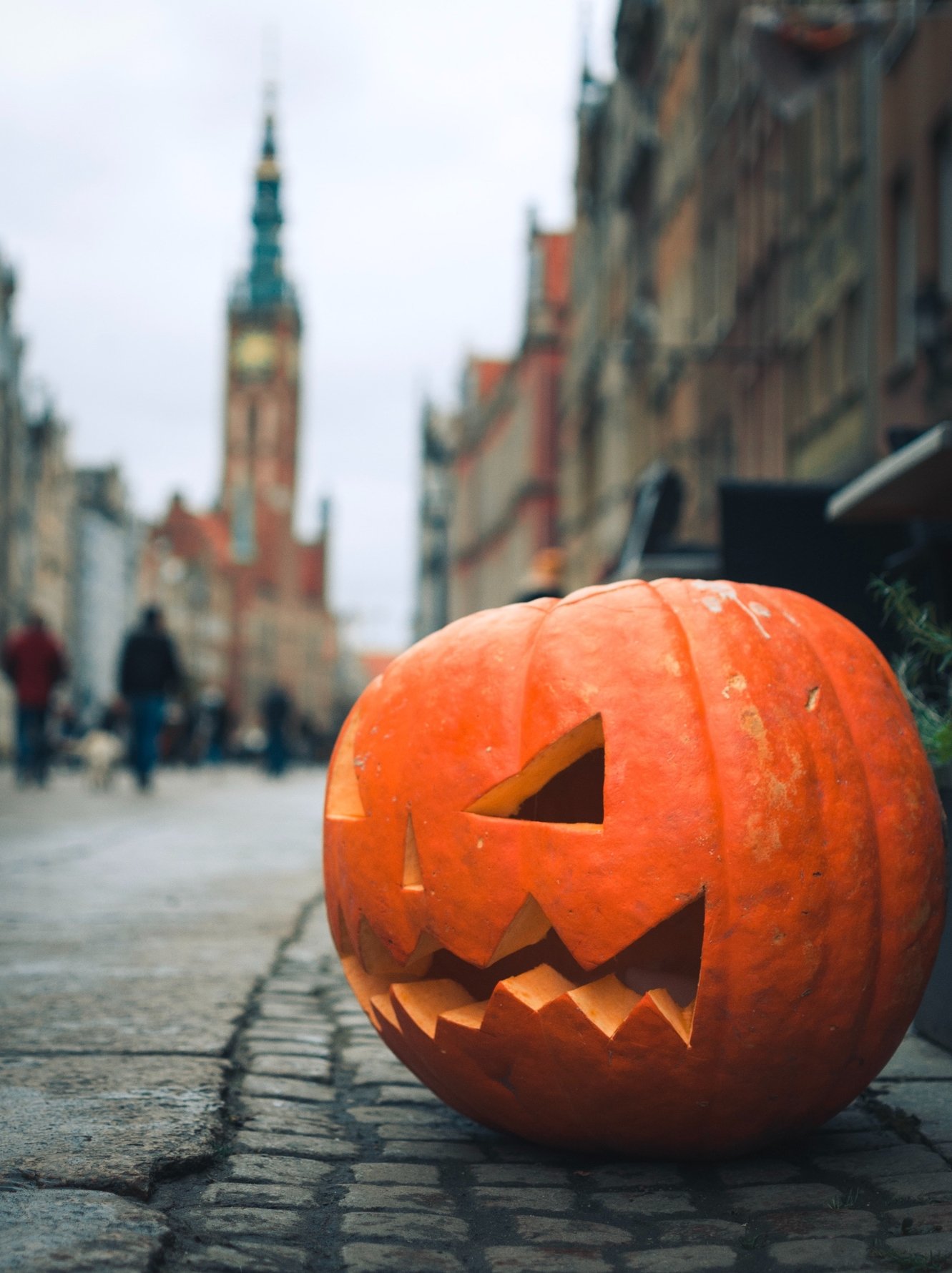
Ironically enough, the next two days - November 1st and 2nd - are dedicated to pagan-root holidays which almost everyone in Poland can get behind: All Saints’ Day and All Souls' Day. These officially Roman Catholic holidays have taken over from the Slavic Dziady (ENG: Forefathers or Forefathers’ Eve), an occasion on which the living would prepare an elaborate feast for departed ancestors. Places were set at the table for the ancestors and fires were often lit on the road showing them the way to the house. In this day and age, virtually everyone in Poland heads to the cemeteries to light candles and lay chrysanthemums on graves of relatives or important members of the community. As night descends, the country’s graveyards and memorial spots are aglow with the warm light of literally thousands of flickering candles, creating an eerie, incredibly evocative atmosphere that should not be missed by anyone with a heart that still beats. If you're visiting at the time, a stroll around the main cemetery in your Polish city or town is an absolute must!
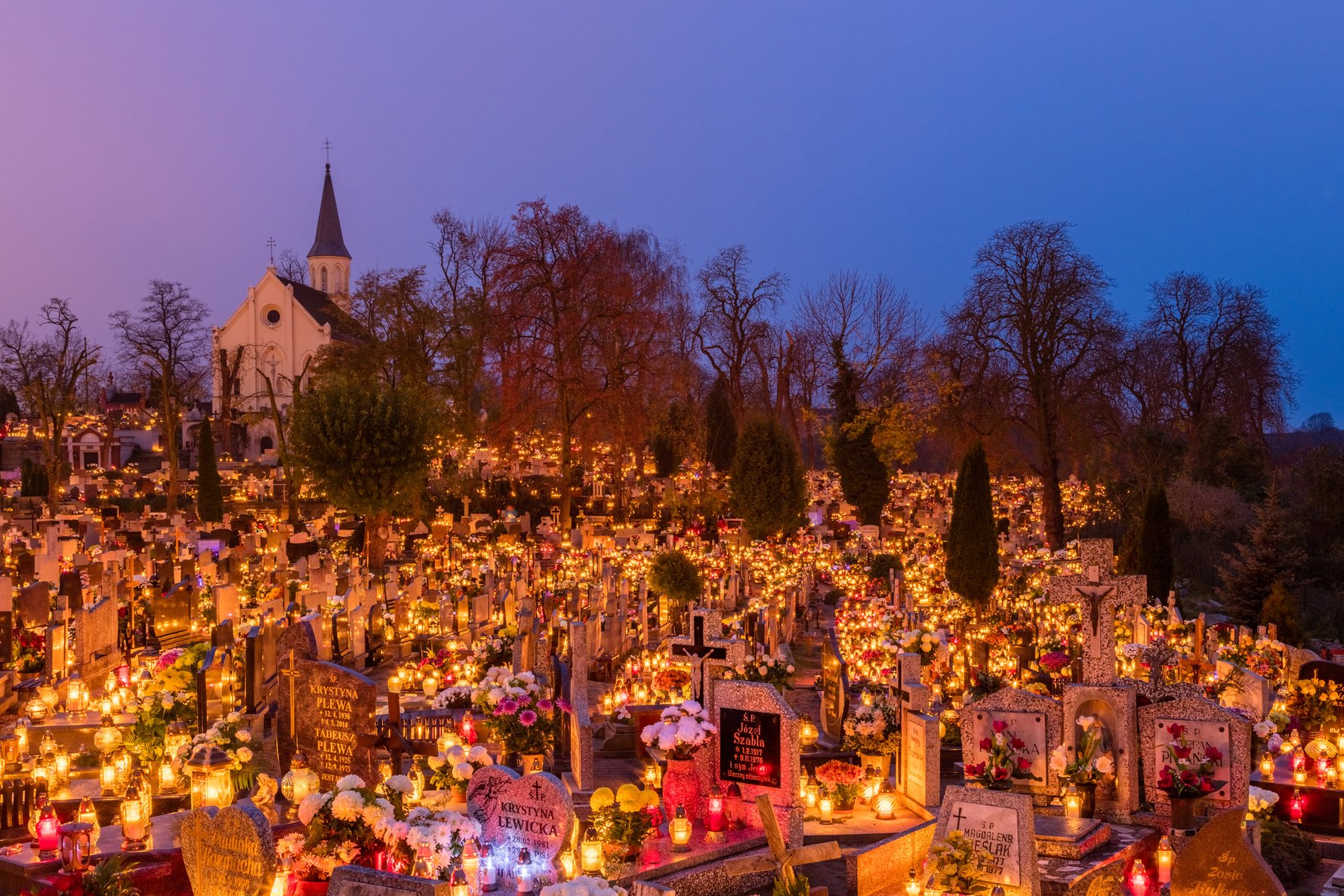
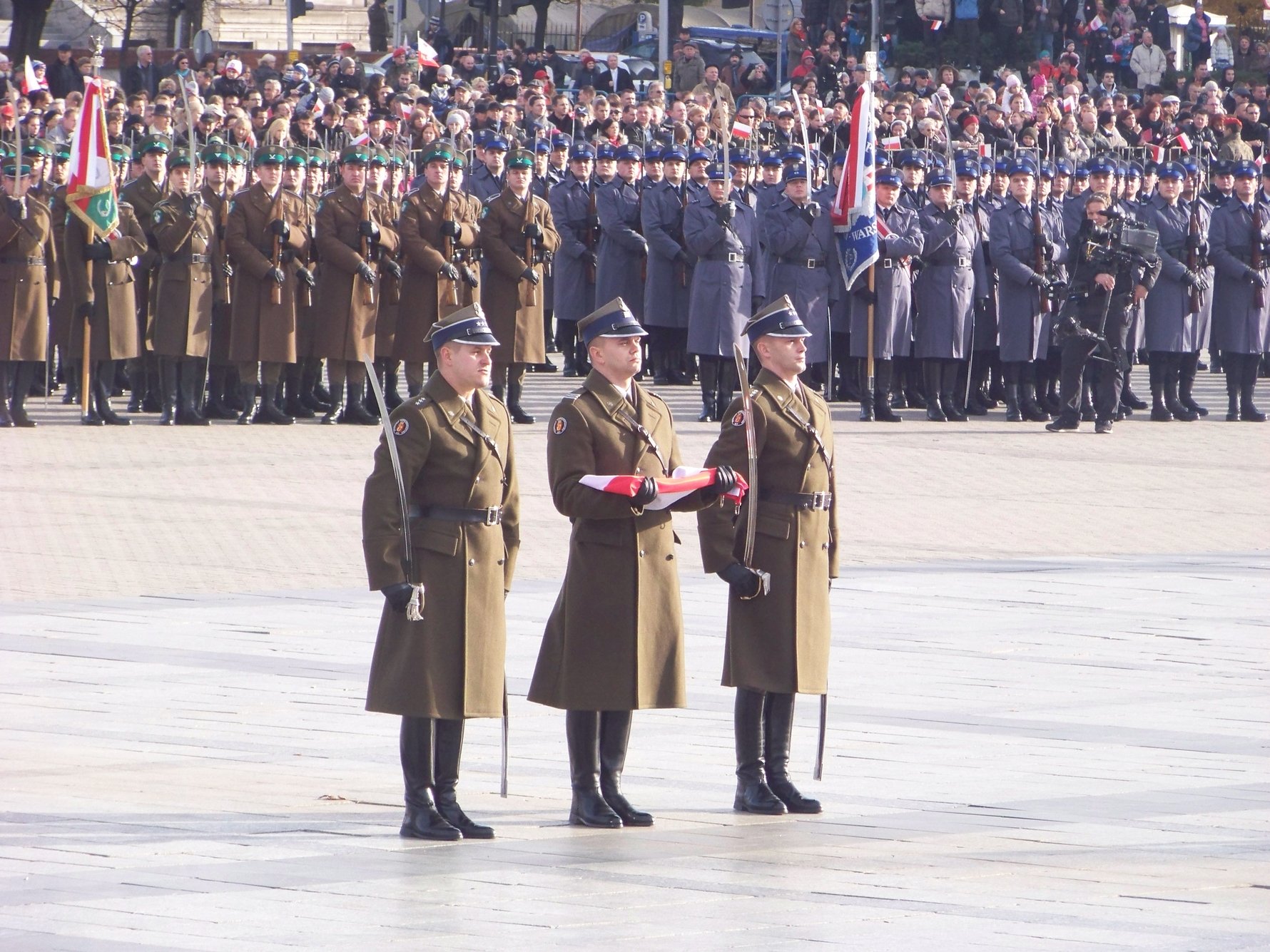
This, of course, is in addition to the many cultural events which fill up Poland's calendar each year (barring a global pandemic). To see what’s in store this year, check out our ‘What’s On’ section in each city page


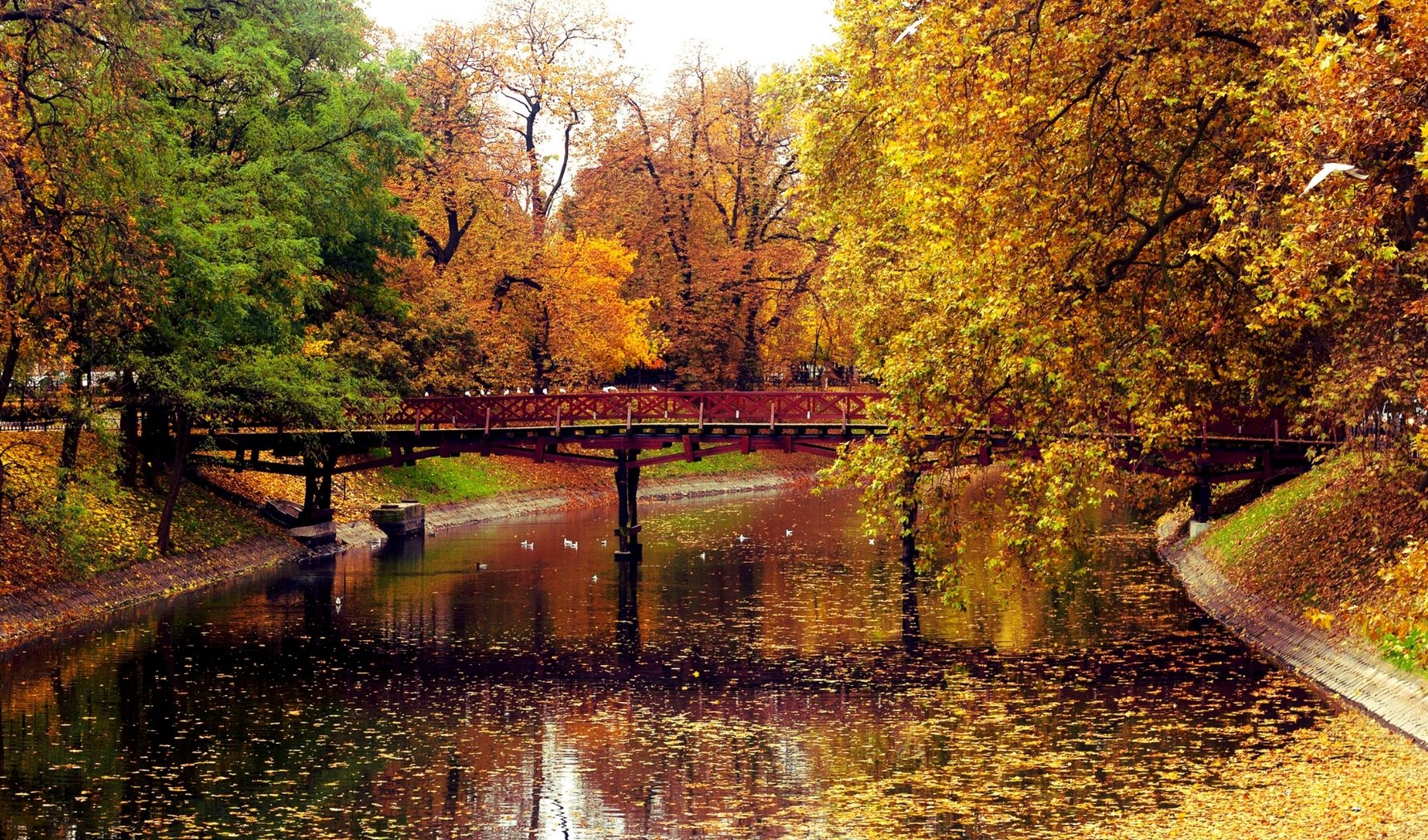

Comments